
It is the nature of pattern to delight the eye, and since the dawn of time, we as humans have been surrounded by pattern, whether natural or man-made. Woven baskets, decorative pottery, architecture, sumptuous textiles, and intricate wood carvings are all means in which artists have included pattern to captivate the viewer's attention.

Take this beautiful building, Ecology of Colour, set in Central Park, Dartford, Kent, UK. If you were strolling through the park, would you stop to admire this building? Would you try to count the number of blocks in the overall design? Would you take a few photos as a memento? Well, the building's design and pattern was successful, it caught and captured your attention.
As a quilt designer, you have the opportunity to capture the viewers attention using pattern to its full advantage. Pattern is the combining of elements or motif in an arranged and repeated manner.
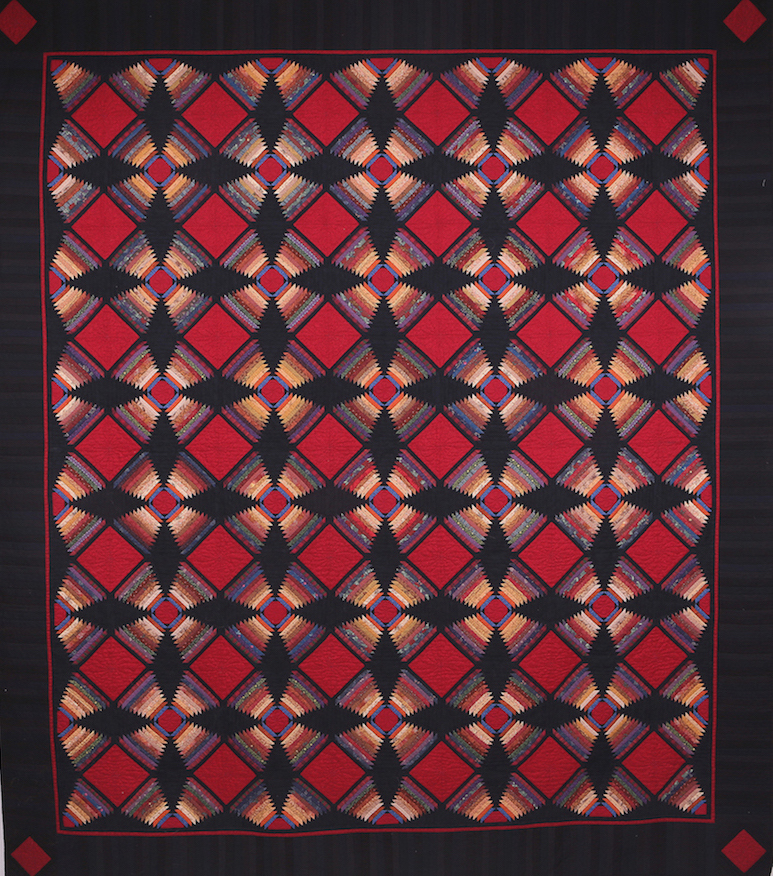
Types of pattern include:
Spheres
Meandering
Lattice
Spirals
Waves
Mosaic
Geometric Shapes
Let's look at some quilts featuring pattern:
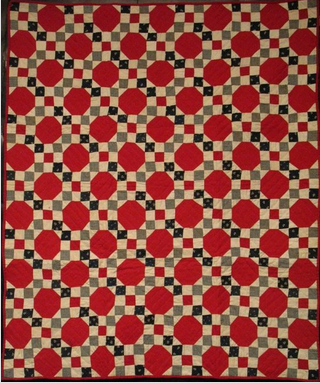
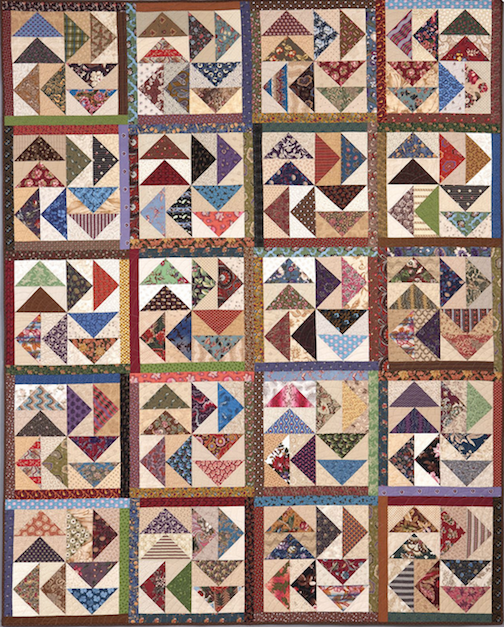

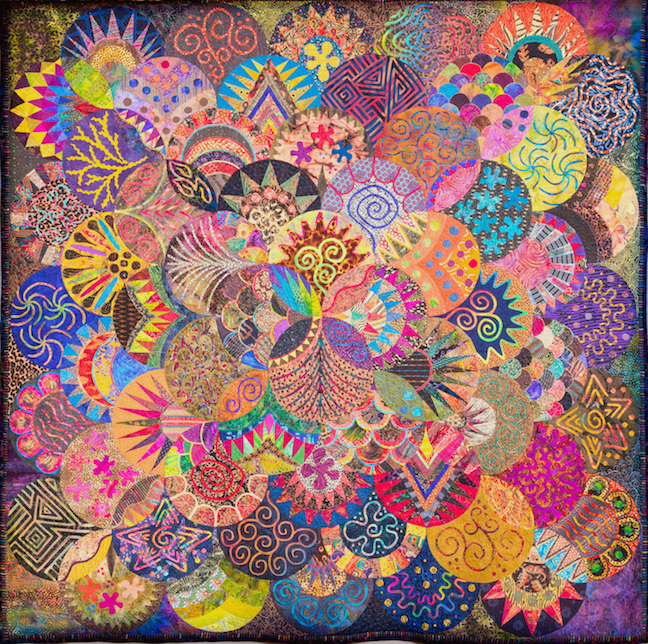
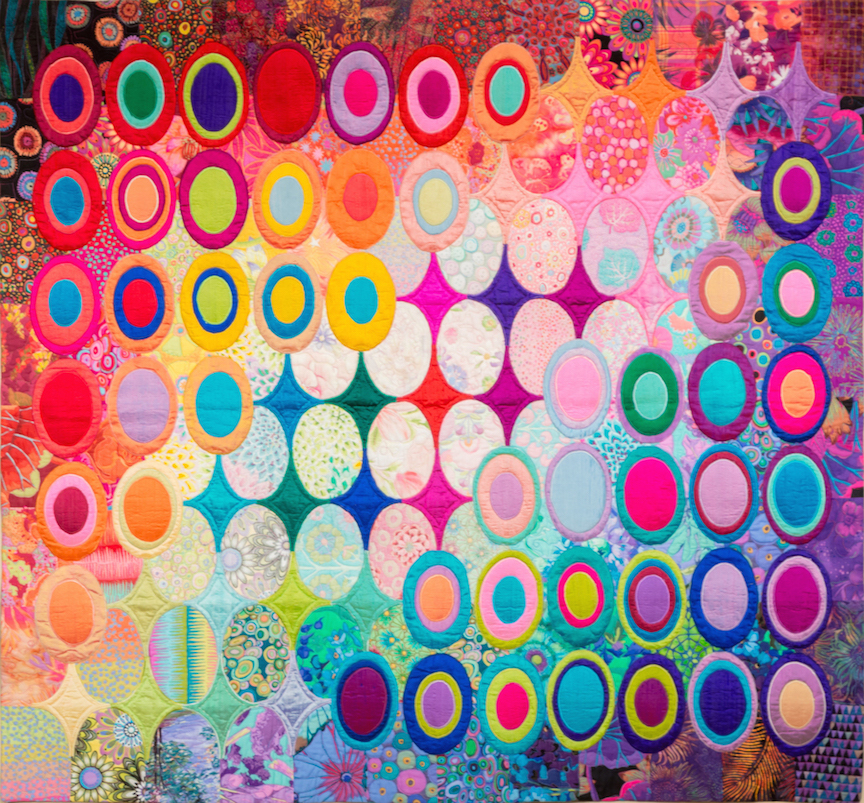
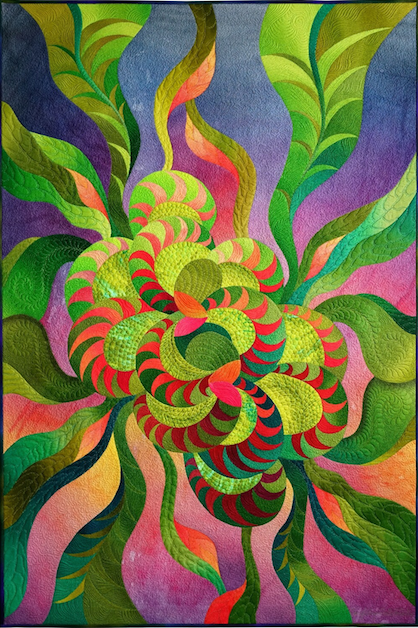
Alaskan quilt artist Maria Shell shares how she uses basic shapes to create visually interesting quits featuring pattern. Watch Ricky's interview with Maria here.
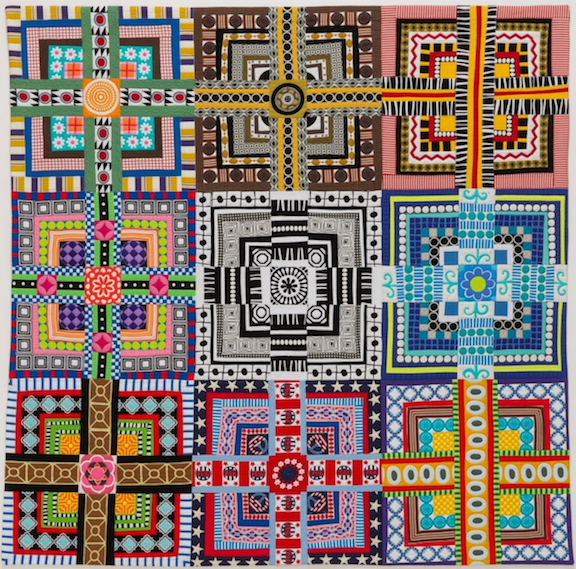
Pattern
by Maria Shell
What is pattern? And how can we use this design element to create dynamic patchwork? Pattern, also called repetition, is repeating visual elements such as line, color, shape, texture, and value to unify the total effect of a work of art, a quilt, or a composition. It is one of the many “glues” I use to hold my quilts together.
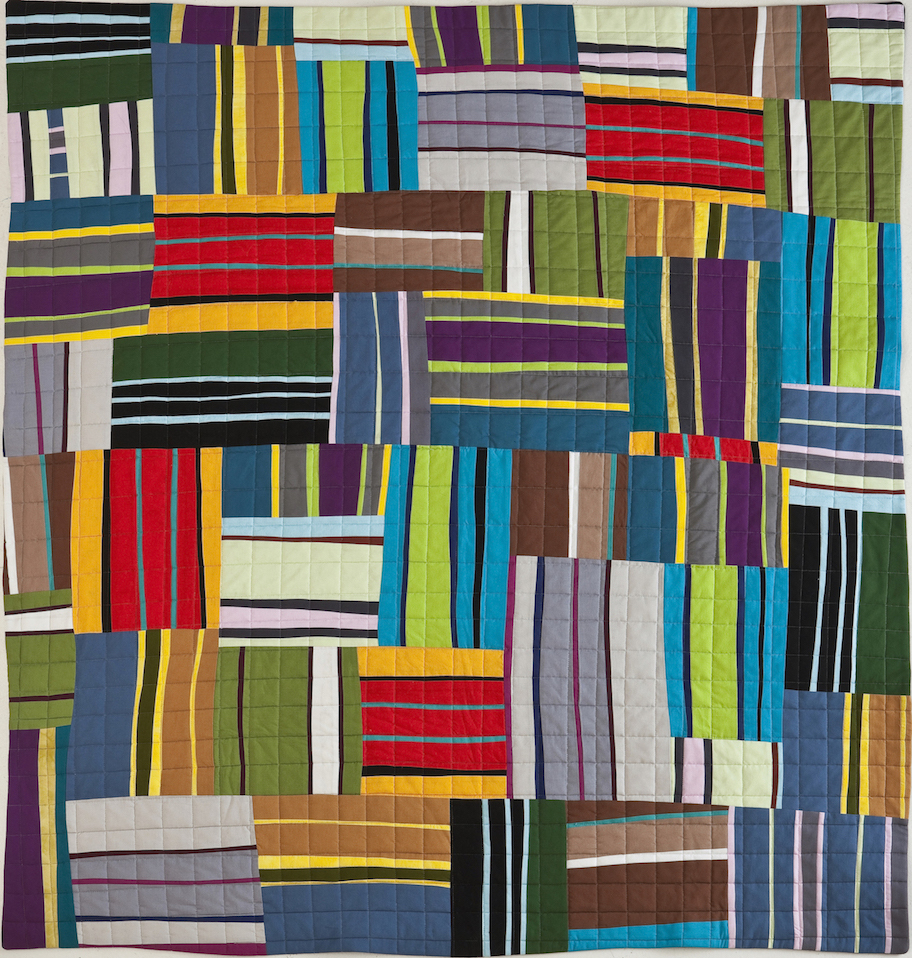
Pattern & Line
The easiest way to create pattern is with line. Every time you make a strip set for a traditional quilt you are manipulating line. Good Vibrations is a classic example of improvision-ally cut strip sets cut into blocks that are then arranged in a pleasing manner.

You can even introduce patterning into your lines if you like. In the quilt Birch Stand, I used bits and pieces within a monochromatic color scheme to create lines that I then pieced onto a neutral background. The pieced lines float on the neutral surface producing a simple but interesting exploration of line and pattern.
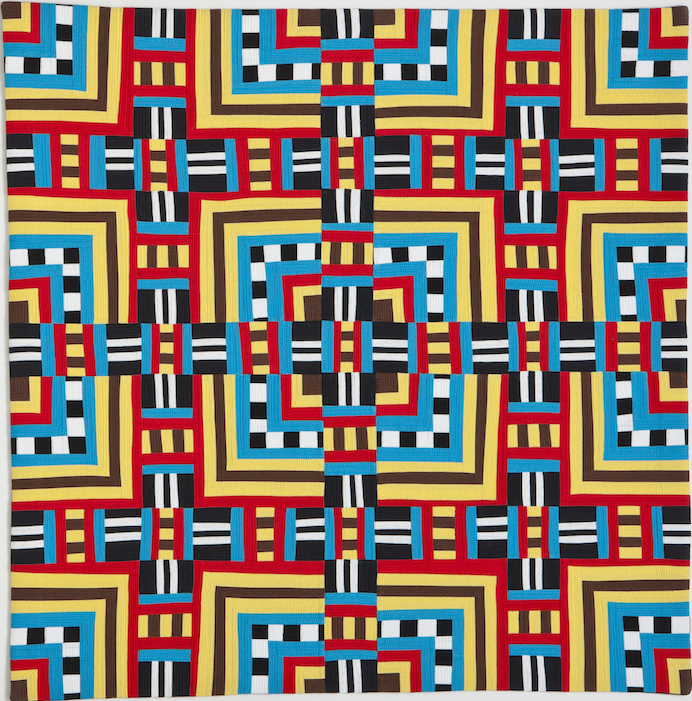
Once you get the hang of that, you can then manipulate the lines (pieced or not) into larger shapes as I have done here in Aztecian. Aztecian features a controled palette of hi-contrast colors pieced into repeating lines. The lines change directions creating movement and interest in the quilt.
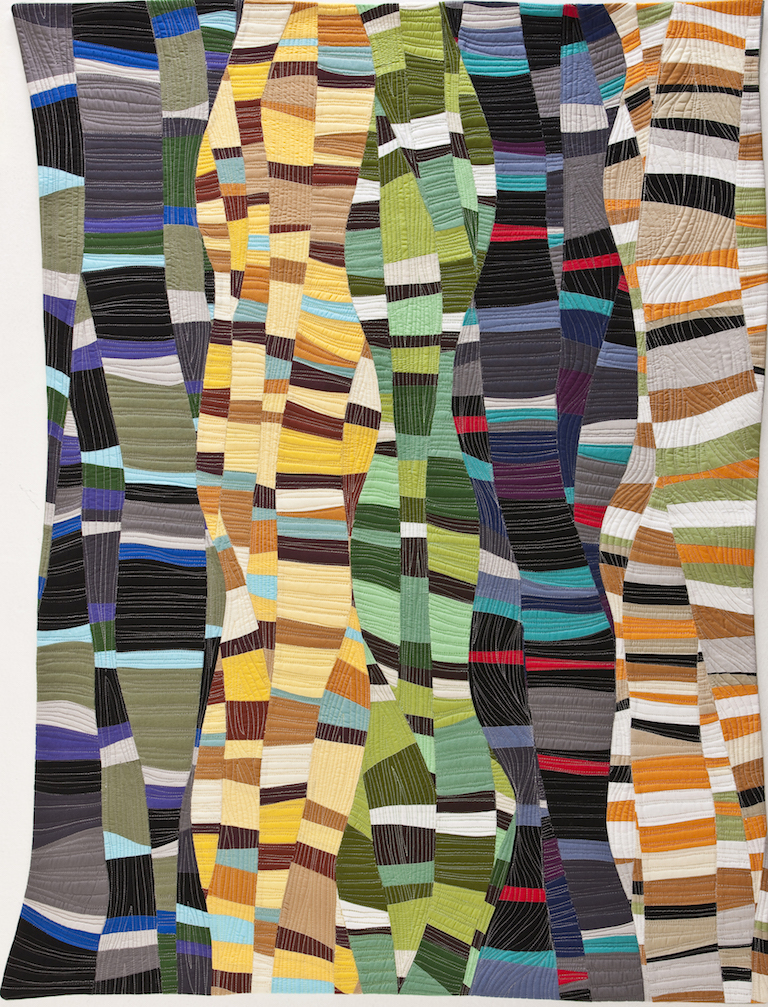
Pattern & Color
Frequently the first step for me in designing a new quilt is building a palette. I will select 8 -12 colors that I find dynamic, beautiful, and bold. By bold, I mean that the colors never truly blend, but instead they each compete equally for attention—they hold their own. In Do a Little Dance, I have created five palettes that have been built into curvy lines. Each palette is used in the same way to create pattern and repetition, but they also look wildly different when placed next to each other. To create dynamic quilt palettes where each color holds its own—use a value finder and the grey scale function on your camera to double check against what your naked eye sees. If everything blends together in grey scale that means you do not have enough variation in your colors and values. Change them up! Dare yourself to create combinations that are fresh and unpredictable. That is where the action is at.
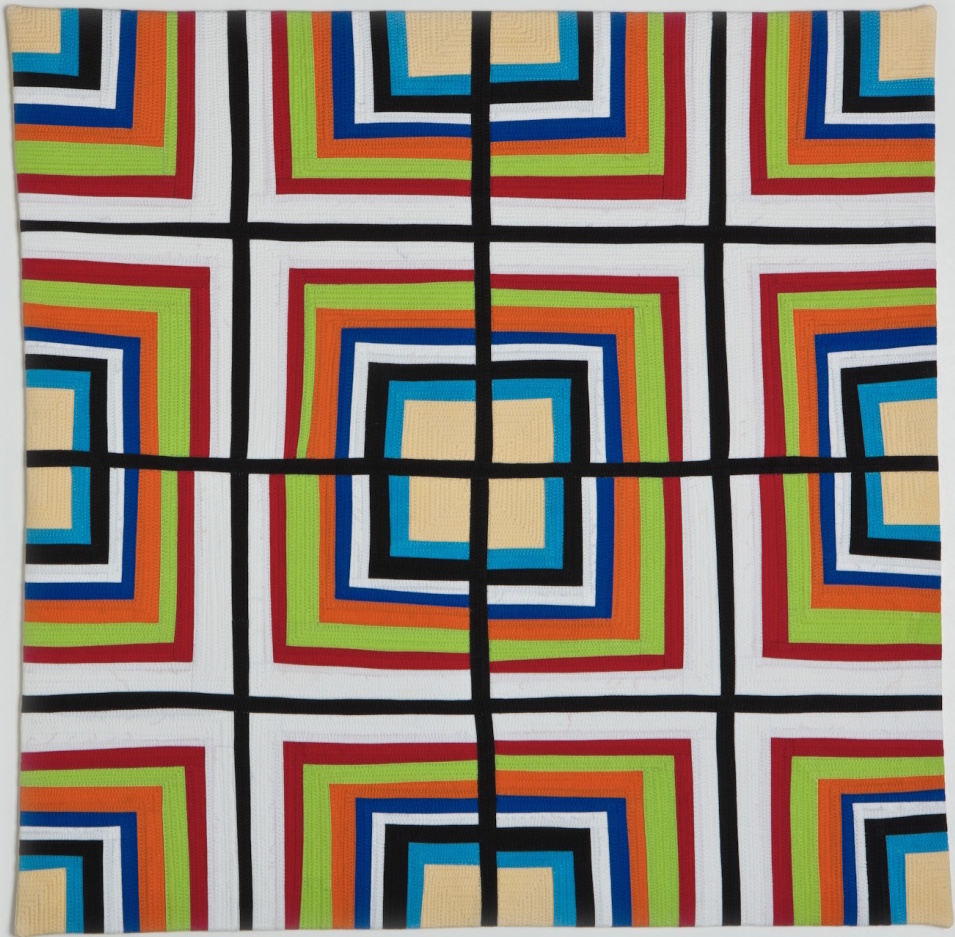
Another way to create pattern with color is to place that color in the same place in the quilt over and over again so that the colorholds its own within the composition and becomes part of the lines and shapes that are building the quilt. I have used bold colors on white to create pattern with color in the quilt Day.
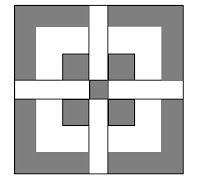
Pattern & Shape
Introducing pattern into shape can have dramatic results. By this I mean, you can take a shape and fill it with pattern. All traditional quilt blocks are built out of shapes. The Crossed Square quilt block is a perfect example. It is composed of linear shapes arranged in a pattern.

But if you take those shapes and add pattern to them, you will find that you are onto something. Boulevard is composed of dozens of different linear shapes to create a single elongated Crossed Square quilt block.

Pattern & Texture
Texture is in many ways pattern getting small enough to create the illusion of a dimensional surface. I created three color palettes and selected a particular shape or line to create the textural elements of Root Glacier. The sun is composed of flying geese blocks in a pleasing sun palette. The glacier is built from curvy lines moving in different directions, and the sky is that same curvy line moving horizontally across the top of the quilt. The textures created by the piecework serve the quilt and make it more interesting.
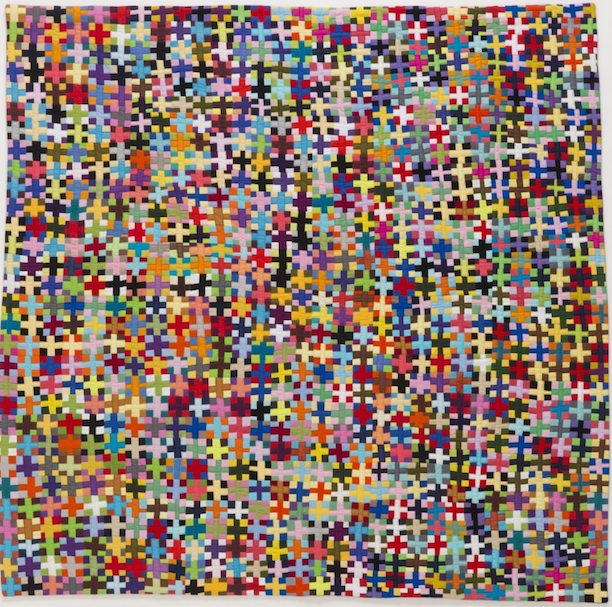
You can also create an over all texture to create visual interest. To Agnes Martin, with Color repeats the same shape (which is that simple Crossed Square block I was talking about earlier) in the form of uber-tiny quilt blocks. It is texture as pattern and art.

Pattern & Value
Value is the darkness or lightness of a color or hue. I frequently use high contrasting values to create visual interest in my quilts. Treasure Map uses all of the colors of the color wheel in varying values to create high contrast visual interest.
I hope these pointers about how I use pattern will help you create dynamic quilts. I am pleased to announce that my new book, Improv Patchwork—Dynamic Quilts Made with Line & Shape, pulished by C&T publishing is available for pre-order here. To learn more about my process and quilting adventures check out my blog.




.jpg)



RSS feed for comments to this post